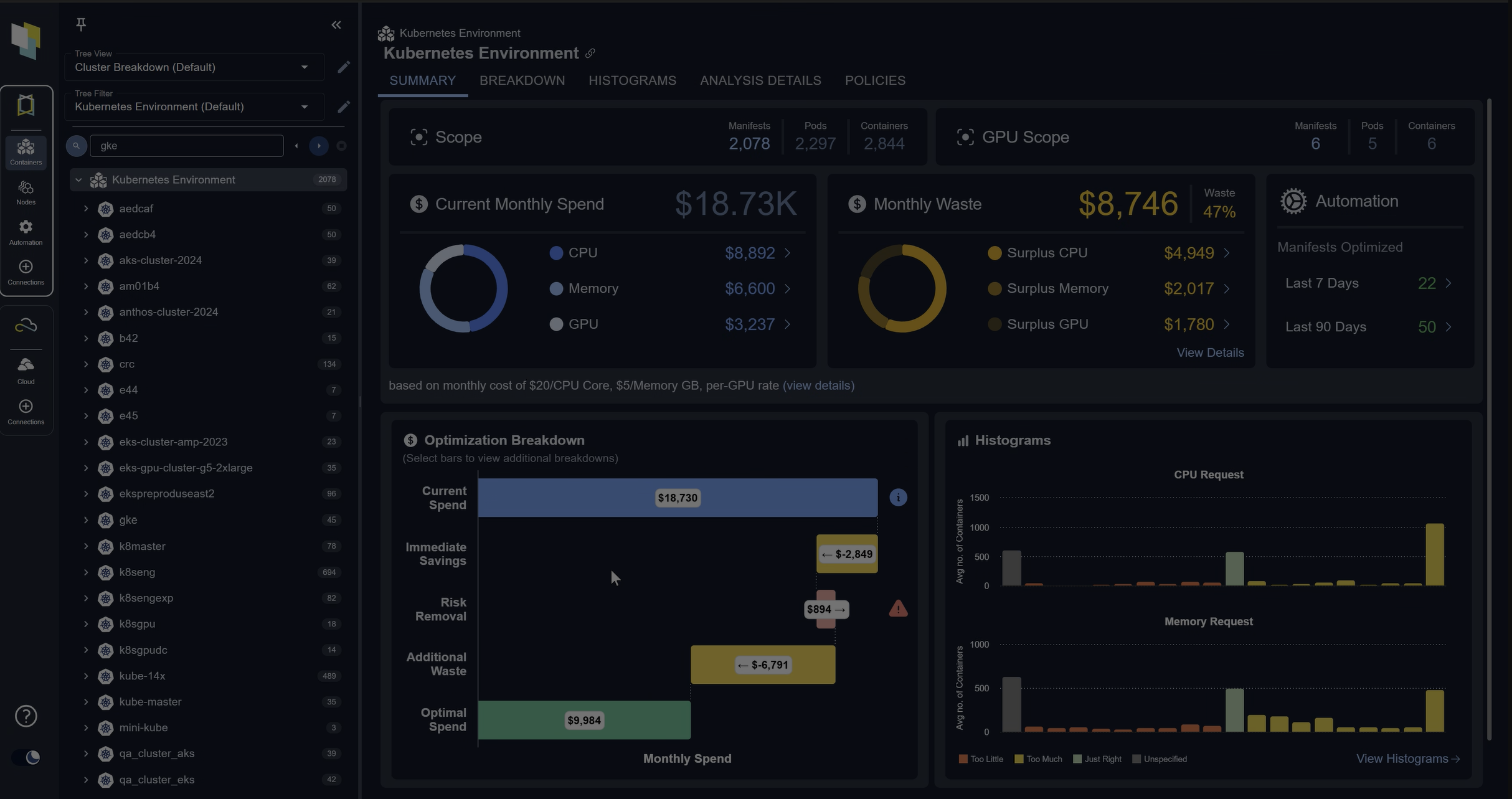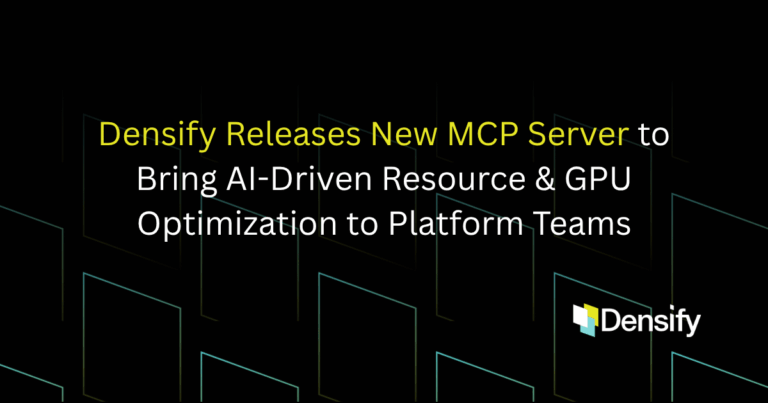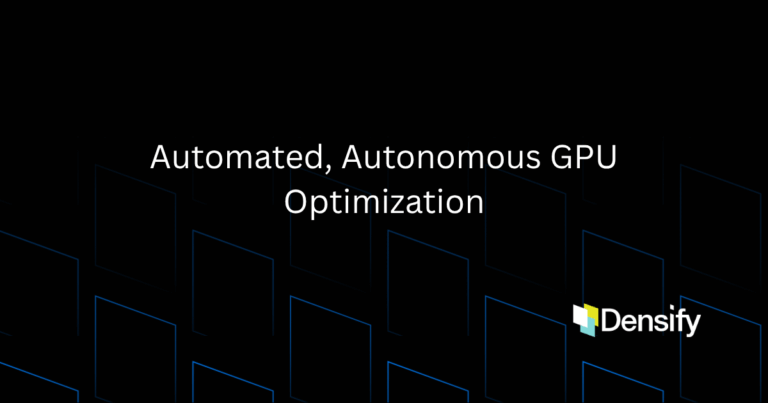Collaboration Is the Key to Kubernetes Efficiency
As organizations scale their Kubernetes infrastructure, one truth becomes clear: no single team can optimize it alone.
Efficiency, resilience, and cost-effectiveness in Kubernetes environments depend on the collective effort of multiple personas, each bringing essential knowledge and responsibility. But it’s not just about division of labor. It’s about active collaboration across roles to unlock the full potential of the platform.
Resource Efficiency Is a Shared Objective
In a scaled Kubernetes environment, these personas work interdependently:
- Platform Engineers architect and manage the underlying infrastructure
- Application Developers define how workloads consume resources
- FinOps Leaders bring financial visibility and cost accountability
- SREs/Operations Teams monitor performance, uptime, and anomalies
Each of these teams has a piece of the puzzle. True optimization — right-sizing, scaling, cost management, and performance tuning happens when these groups work together, not in parallel.
What Collaboration Looks Like in Practice
Effective Kubernetes collaboration isn’t just about communication, it’s about building shared workflows and context:
- Developers surface application behavior, but lean on platform teams for tuning
- Platform teams provide automation and scaling tools, informed by SRE feedback
- FinOps provides cost insights that developers and engineers can act on
- Observability data is circulated to inform changes across the stack
When each group has access to the same insights and a clear mechanism to contribute, resource management becomes a strategic advantage—not a post-mortem task.
Enabling Shared Outcomes Through Tools and Process
Successful organizations build collaboration into both their tooling and their culture:
- Unified dashboards: Show resource usage, efficiency scores, and cost allocation in ways each team can understand
- High trust analytics: AI and ML driven optimization analytics that the teams trust allow for a move away from analysis paralysis toward more active management (see automation below)
- Easily shared findings via solutions that incorporate deep link capabilities, so when one team finds something that needs action, it is easily shared with others
- Feedback loops: Use CI/CD and monitoring to surface performance and cost impacts early in development
- Joint accountability rituals: Monthly reviews, FinOps standups, or gamified efficiency goals with standardized scoring for infrastructure efficiency
- Visibility: right-sizing tools, and policies that inform—not surprise—developers and platform owners
- Automation: removes the need for manual effort and frees up time for more strategic tasks
These systems encourage action without bottlenecks, and insight without blame.
The Outcome: Measurable Efficiency at Scale
When teams collaborate effectively:
- CPU and memory requests become data-informed, not guesswork
- Autoscaling behavior aligns with actual performance patterns
- Idle and overprovisioned resources are identified and corrected
- Costs are traceable, explainable, and proactively managed
The result is not just lower spend, it’s greater confidence, faster iteration, and fewer fire drills.
Final Thoughts
Kubernetes was built to scale infrastructure. But scaling efficiently—in cost, performance, and reliability—requires scaling collaboration, too.
The organizations that excel are not just those with the best tooling, but those that bring platform, engineering, and finance into shared rhythm around optimization. The payoff isn’t just savings—it’s sustainability and velocity.
Learn major trends across major cloud providers such as Amazon Web Services (AWS), Microsoft Azure Cloud and Google Cloud Platform (GCP). Read this article Public Cloud IaaS Catalogs Update.




